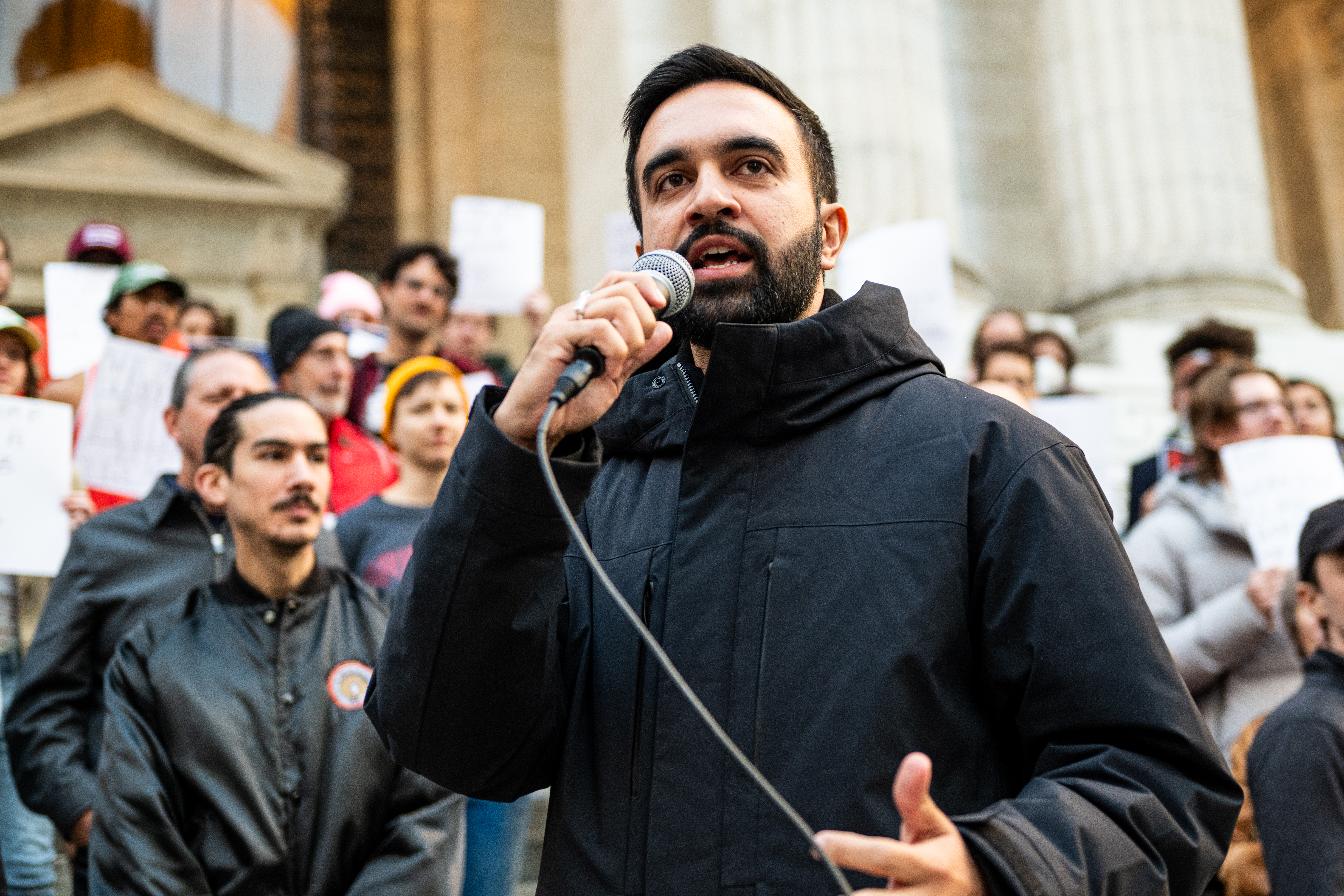The 2025 New York Mayoral Election: Lessons from a Cultural Inflection Point

Authors
- Rachel O'Hare
Zohran Mamdani’s rise from New York City assemblyman to mayor-elect has implications far beyond the Big Apple. Regardless of where you fall on the political spectrum, his campaign offered an early look at how modern influence works in a shared “marketplace of trust,” where people are motivated less by ideology than by participation that feels personal and visible. Campaigns that turn shared emotion into credibility — that make belief feel like belonging — are the ones that break through. Here are three takeaways from Mamdani's campaign that can provide breadcrumbs to creating and mobilizing communities:
1. Reform wasn’t a selling point, it was the baseline
The 2025 mayoral election showed that New Yorkers are no longer rewarding moderation or incrementalism. Candidates who failed to offer substantive reform agendas, particularly around housing and affordability, were eclipsed by those who did.
In a poll Penta conducted just weeks before the election, 73% of voters said housing affordability was headed in the wrong direction, and 59% were considering leaving the city due to cost-of-living pressures. That frustration manifested itself into a demand for emotional clarity and system-level change, rather than the usual technocratic management.
Mamdani’s rent-freeze proposal grew from policy to a signal of authenticity in a city where most affordability tools had lost credibility.
Why it matters: The cultural conversation around the mayoral race shifted from “fixing what’s broken” to “whose team you’re on.” Reform wasn’t radical anymore, it was table stakes for relevance.
2. Voters chose proximity over ideology
This election didn’t break along traditional ideological lines. Voters rewarded those who felt closest to their lived reality. The strongest predictors of favorability were not policy alignment, but perceived emotional alignment and cultural proximity.
Younger and working-class New Yorkers responded most to candidates who described the city’s dysfunction in moral or narrative terms. Mamdani’s framing (“a system that can’t solve itself,” “a city that says no”) resonated because it named the feeling, not just the facts. His support was highest among voters under 45, the same group that expressed the strongest sense of being priced out and most openness to rewriting the rules.
Why it matters: A new vocabulary of belonging emerged; one that focused less on left vs. right, and more on who New York City belongs to, and whose voice counts in shaping the city.
3. The winning narratives came from outside the establishment
Institutional voices -the press, the mayor, the policy class- didn’t lead the conversation, they reacted to it. The emotional vocabulary of this race came from conversation catalysts: organizers, tenant coalitions, progressive candidates. They set the terms centering around fairness, disillusionment, and who the city belongs to.
The dominant story grew to be values over zoning math or incentive. In that frame, policies like rent freezes or public housing became litmus tests for individual alignment.
Why it matters: The narratives that stuck did not come from institutions; they emerged from small, highly connected communities that shape how issues move in culture before they reach policy.
Zooming out
The affordability crisis was the accelerant, but the larger momentum was cultural, a move toward conversational proximity.
At Penta, we track these shifts through our proprietary intelligence tools, which identify catalyst audiences: the small, influential communities that define what is rising in culture, policy, and business before it hits the mainstream.
Our work helps organizations engage authentically with these groups, meeting moments early —before they harden into crises.